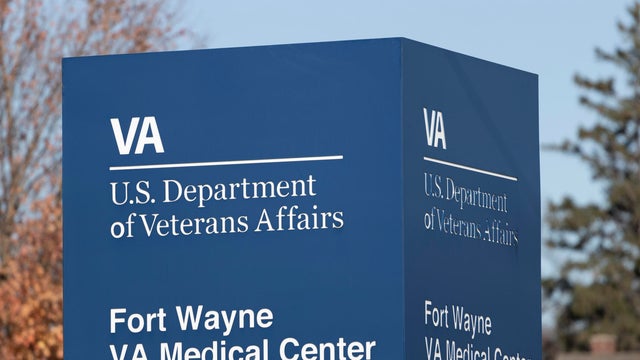

No response returned

At the start of 2025, there was some hope that interest rate cuts issued by the Federal Reserve would continue into the new year, even if they came less frequently than they did toward the end of 2024. From September 2024 to December 2024, after all, the central bank , resulting in a full percentage point reduction in the federal funds rate. At a range between 4.25% to 4.50%, the widespread anticipation was that rates would be even lower by the summer.
But that hasn't quite happened. Thanks to a mix of sticky , unemployment data and broader concerns about economic policies, , the latest such decision coming this week. Now, the bank won't meet again until September, all but ensuring that borrowing costs will remain elevated for millions of Americans through the end of the summer.
This is especially concerning for those with credit card debt, as remain just under a recent record high. And with the in the thousands of dollars range and the reality of a growing concern, these borrowers find themselves in a financially precarious position right now. Work toward credible debt relief, then, should become a primary focus right now. To get to that point, it helps to start contemplating the answers to a few simple questions right now. Below, we'll break down three questions borrowers should consider with interest rate relief delayed once again.
.
Here are three important (and timely) credit card debt questions that borrowers should consider the answers to now that interest rate cuts are delayed for at least a few more months:
Even if the Fed did cut rates in its July meeting, it was likely to be by a minimal 25 basis points (a quarter of a percentage point). Would that have impacted your existing credit card balances in any material way? Credit card companies use the federal funds rate as just one influencing component as they establish the rates they charge users. The prime rate is also a major factor. And while a declining federal funds rate won't hurt, a small drop there is likely to have a very muted impact for borrowers paying the average 21% credit card rate now.
Against this reality, then, borrowers may find it easier to take a step back and look toward relief options not so dependent on external factors. Fortunately, there are numerous debt relief programs and strategies available.
.
If you were hoping that external factors, like a cooling inflation rate and, thus, lower interest rates, would help reduce your debt problem on its own, you likely don't have a plan set for cutting it independently. But there are to simply shifting to cash-only expenditures that all can help you cut down your debt. Sure, these will take time, effort and consistency, but if it means reducing your debt and not having to pay some of the , it could make the most sense now.
There are a variety of debt relief options to choose from, ranging from to to and . Not all or even most will apply to your situation but there's a high likelihood that at least one will fit your needs and unique debt circumstances.
Take the time, then, to review each carefully. Considering that many are associated with (temporary) and that some require fees to secure the help, it's important to choose the most appropriate service for your situation. A may be able to help answer your questions and guide you toward a personalized solution, too.
An extended pause in the interest rate environment is far from ideal for credit card borrowers, but there are viable steps they can take now to start tackling their debt. Having the honest, objective answers to the above questions is a good starting point. And, remember, starting is often the most difficult part of this process. Once you finally settle on a strategy and approach, you can finally begin the delayed work of regaining your financial independence once and for all.





